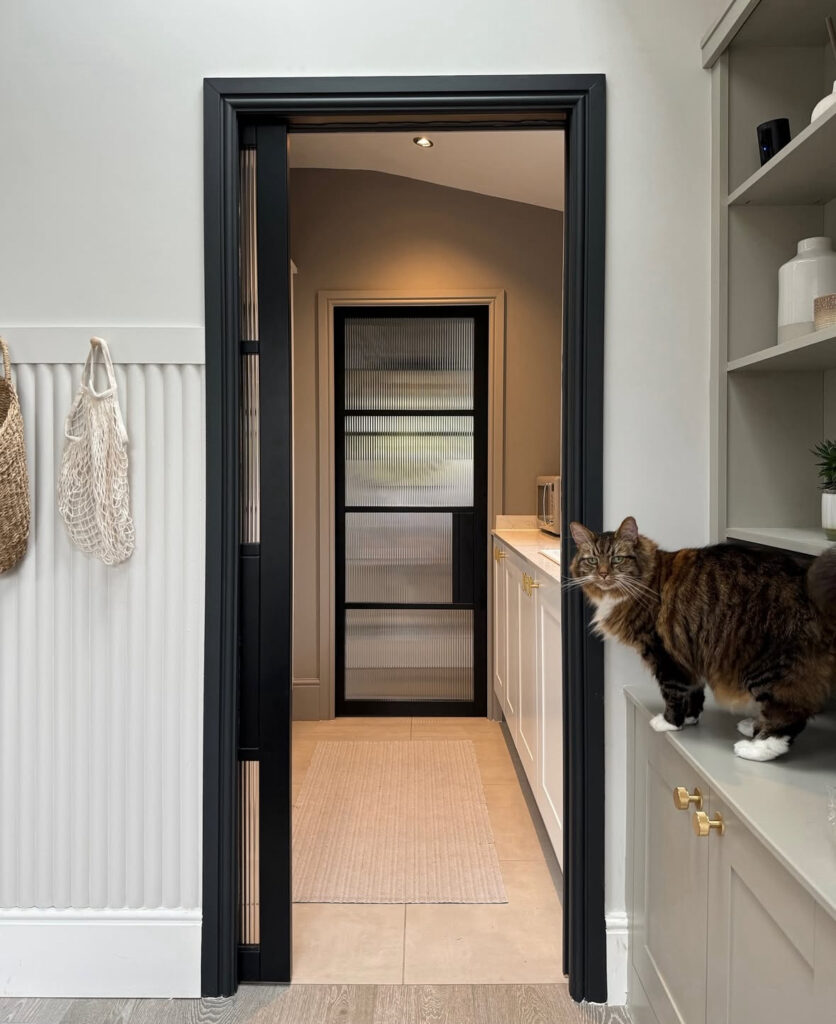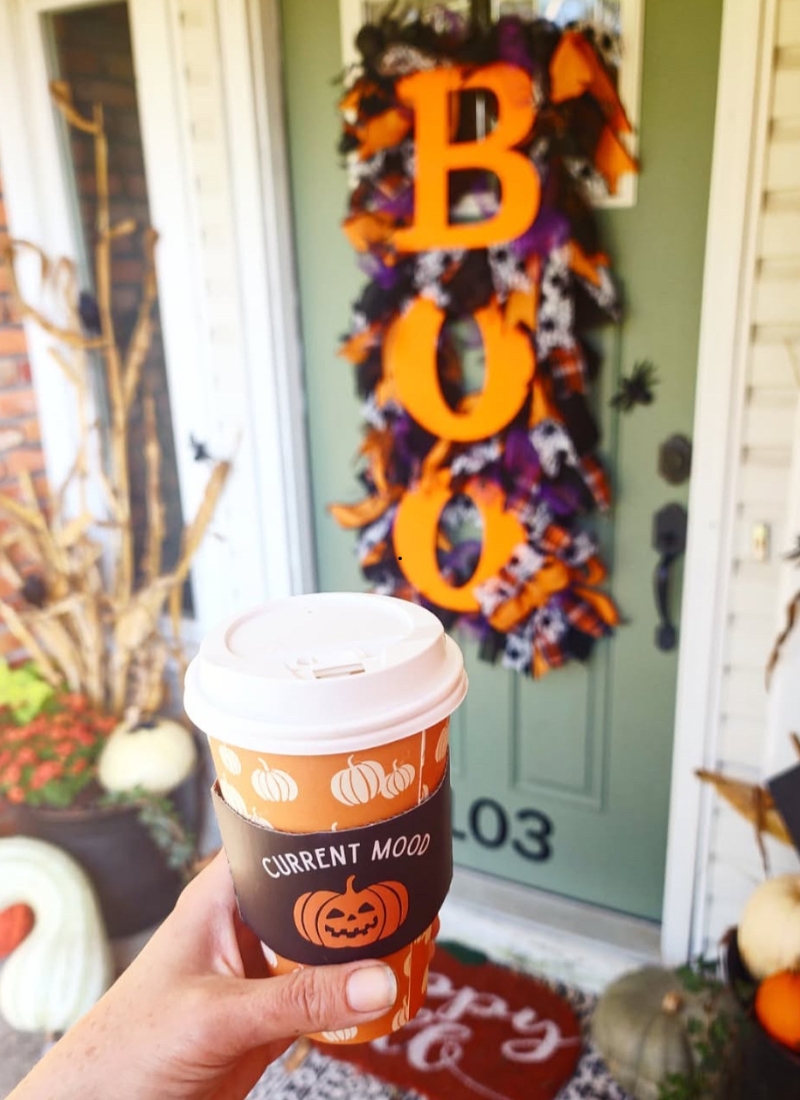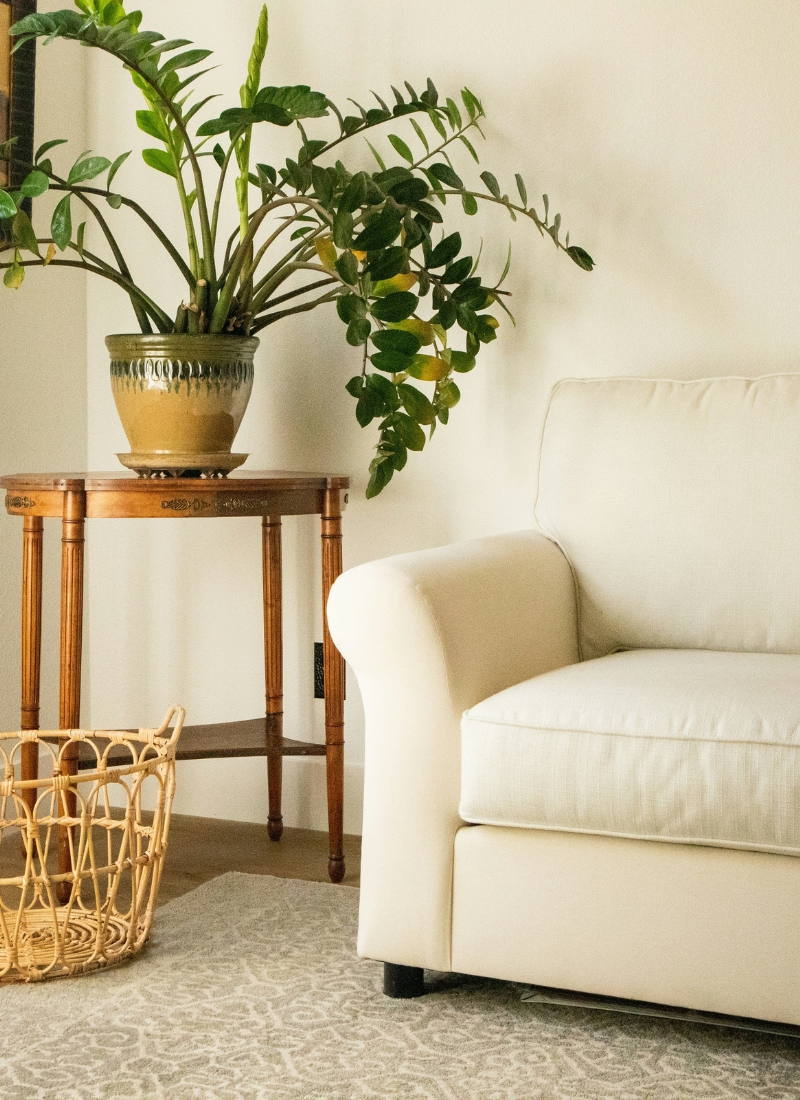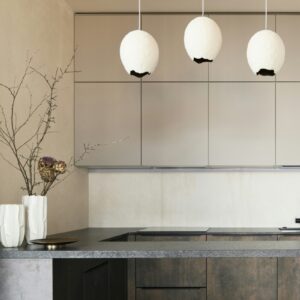Hey all! My name is Julia, former college student and a home decor enthusiast who loves DIY home improvement projects and finding creative ways to decorate any living spaces on a budget. Recently moved from my dorm to my new apartment which I renovated from scratch and I am here to help you with tips & tricks about home decor/college and more 🙂
Ever wish you could save space and skip the hassle of a swinging door? A pocket door slides right into the wall, making it a clever choice for tight spots or rooms where you want a clean, open look.
Ever wondered what a pocket door actually is?
A pocket door is a sliding door that disappears right into a compartment inside your wall, giving you a sleek, hidden door system that saves space.
It’s not just a sliding door—it tucks away inside the wall cavity, so nothing swings out into your room.
If you’re looking to up your interior design game or you’re stuck with a tiny bathroom that won’t fit a regular door, a recessed door like this can be a total game-changer.
I remember visiting my friend’s new apartment and being genuinely surprised by her closet pocket door—it just vanished.
It felt almost futuristic! Suddenly, there was more flexible space for furniture or, honestly, just another excuse to buy a plant.
If you want to maximize floor space or just love the idea of a gliding doorway that feels custom, you might wanna look deeper into the in-wall door system life.
How Pocket Doors Work
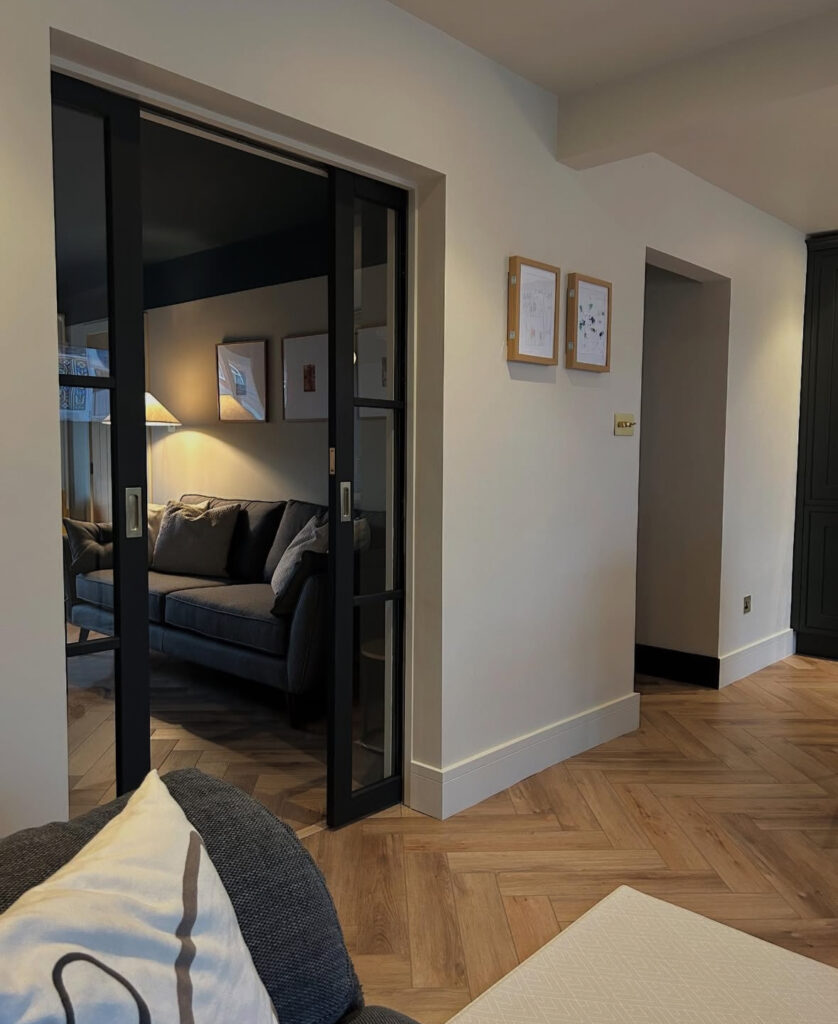
A pocket door is basically a door that slides right into a hidden compartment in the wall.
Picture a built-in wall door that moves along a pocket door track system.
You push or pull, and instead of swinging out, it glides into the wall cavity—out of sight.
When I was renovating my apartment I wasn’t sure which one to have – sliding door or pocket door, eventually I chose sliding door between my living room and hallway.
If you need a bathroom pocket door idea or want a closet pocket door installation, this style is legit for efficient home design. The hidden door system does take some planning, though.
You’ll need a wall that can actually fit a door frame in wall, and the right pocket door hardware.
Pocket Door vs. Regular Door
A regular door or hinged door swings open on hinges, needing a wide clear area around it.
That’s where pocket doors just win: they vanish into the wall, making them super clutch for maximizing floor space.
Here’s a simple cheat sheet:
| Door Style | Needs Swing Space? | Fits Small Spaces? | Visual Impact |
|---|---|---|---|
| Hinged Door | Yes | No | Basic, old-school |
| Pocket Door | No | Yes | Sleek, modern door systems |
Pocket doors are perfect for small space planning or rooms that can’t spare the extra inches.
Pocket Door vs. Sliding Door
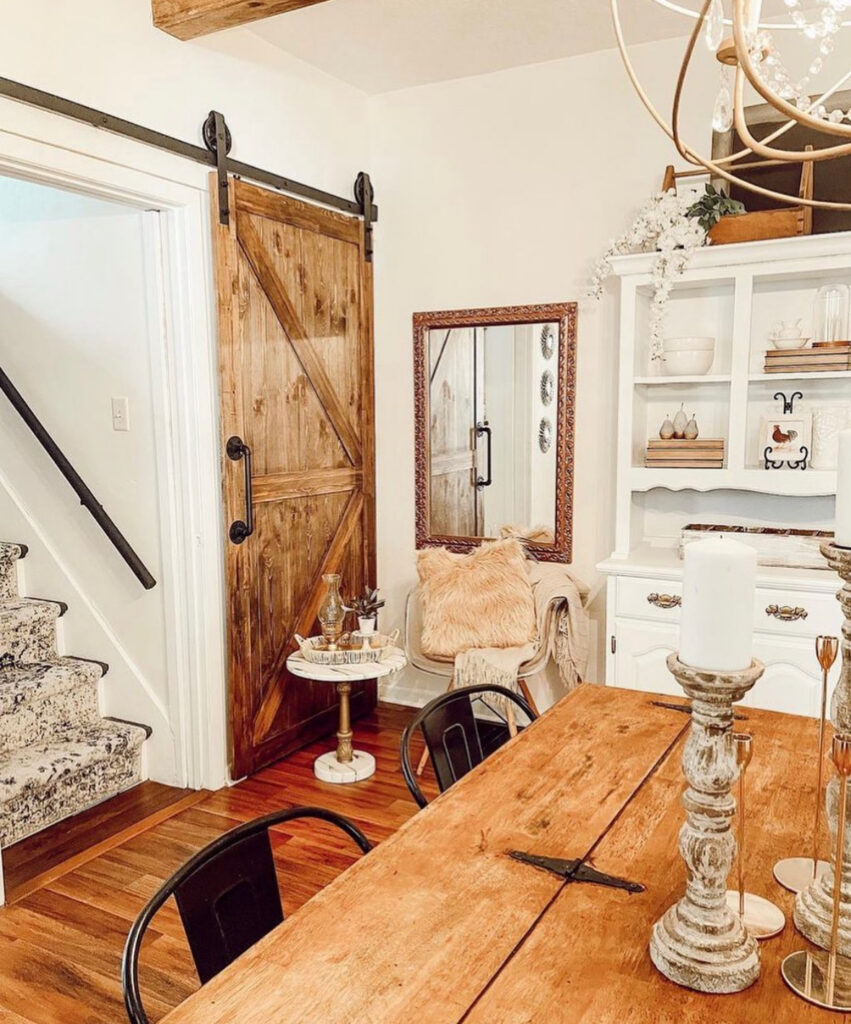
It’s easy to confuse a pocket door with a basic sliding door—but there are key differences.
A regular sliding door (like on a closet) slides along the face of the wall; it’s always in view.
But a recessed door or in-wall door system slides right inside the wall—hence the “pocket” part—totally disappearing when you open it.
If you care about interior design solutions and that seamless, no-fuss look, a wall cavity door is honestly a no-brainer.
Single Pocket Doors
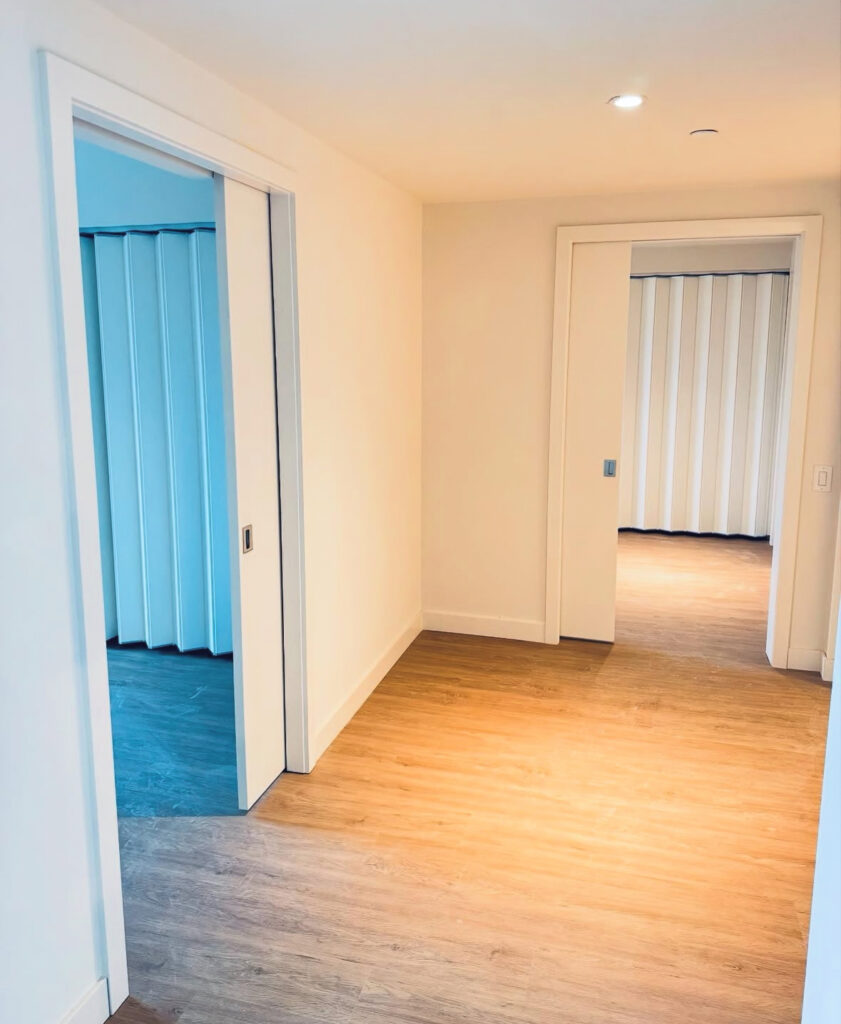
Single pocket doors are probably what you picture first when you hear about a sliding door.
It’s one panel—usually wood, glass, or a mix—that slides right into the wall cavity door.
If you’re having a small room or a narrow hallway, these built-in wall doors are honestly a game-changer for maximizing floor space.
Plus, you can find soft-close sliding doors now, which is chef’s kiss if you hate slamming.
| Pros | Cons |
|---|---|
| Great for tight spaces | Only closes one room |
| Easy to install | Limited on size |
Double Pocket Doors
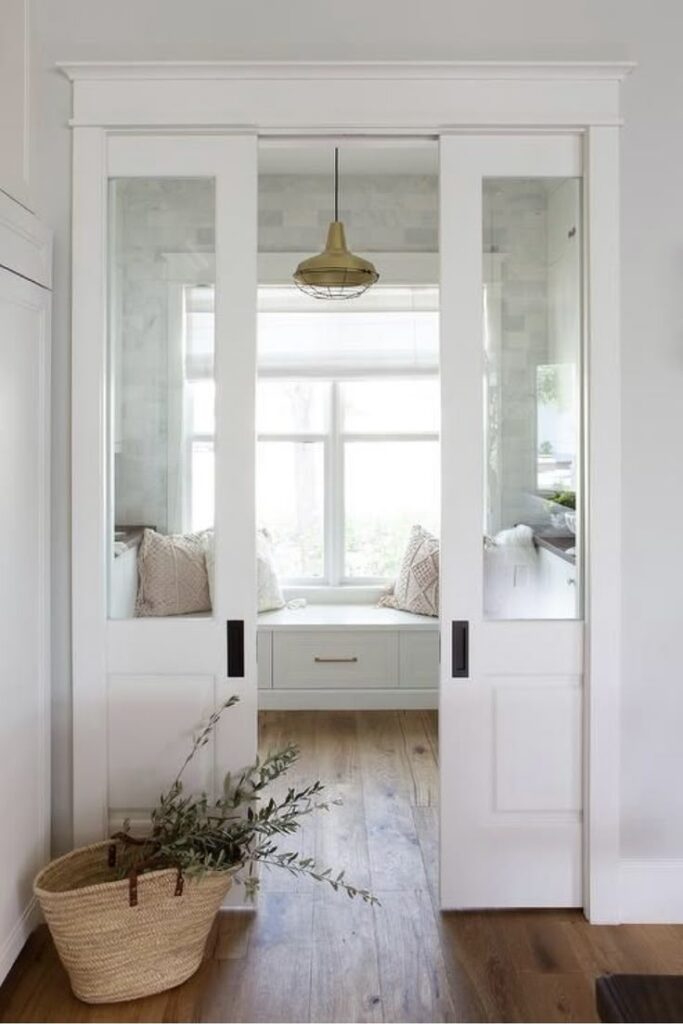
Double pocket doors are your go-to when you need a wide opening—think living room to dining room, or those dreamy home offices you see all over Pinterest.
This system uses two panels that glide away from the center into the walls on both sides, making the opening feel so much grander.
Some people call them “French pocket doors,” and honestly, it feels super efficient home design when you can fully open or close off a room with just a nudge.
These are harder to install, since you’ll need an in-wall door system on both sides and a good, sturdy frame.
But the effect is worth it—there’s a real “wow” moment when those doors glide away.
Louvered Pocket Doors
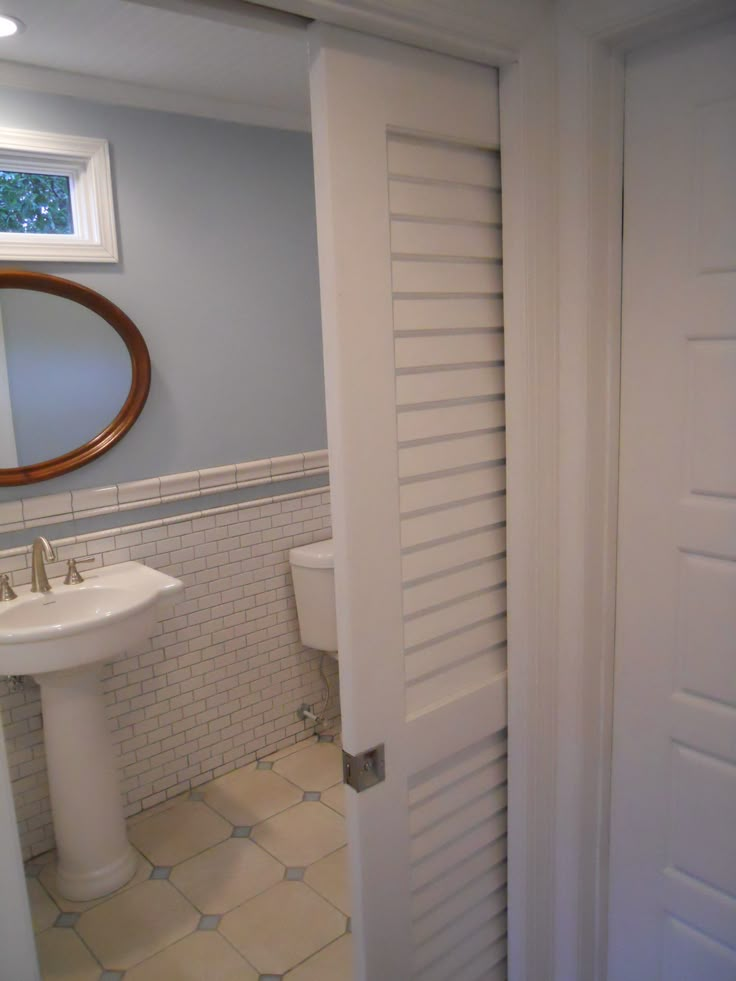
Louvered pocket doors add ventilation, which is perfect for laundry rooms, pantries,bathrooms, or closets that need air flow.
They’re basically like a slide-in door but with horizontal slats (louvers) that let the air move freely—even when the door’s closed.
I’m obsessed with these for small space planning because they let you hide clutter while avoiding that stuffy, closed-off vibe.
The louvers are a subtle touch, but they make a difference in rooms where humidity or smells can build up just like in laundry rooms/pantries/closets or technical rooms (if you have)
Pocket Door Frames and Tracks
The backbone of any pocket door setup is definitely the door frame in wall and the pocket door track system.
These frames fit right into your wall cavity, letting your door slide neatly out of view when it’s open—hello, hidden door system!
Most frames are made from sturdy metal or wood. You can even get double or single frames, depending on your style.
Your overhead track is where the “magic” happens since it guides your door that slides back and forth.
Look for tracks that offer soft-close sliding doors, this way you will avoid slamming!
Locks and Privacy Options
You’d be surprised how many options there are for locking your recessed door.
For most spaces—think bathroom pocket door ideas or a closet door—simple latches or privacy pulls get the job done.
If you’re all about privacy, there are satin nickel or matte black locks that blend right into your design.
Keyed locks do exist for modern door systems, but honestly, I only see those for offices or rooms you really want secure.
Something that you must look for when picking out a lock is to check that it’s made for pocket door hardware and not a hinged one, or it won’t fit right.
Quality Hardware and Accessories
Good quality hardware makes a huge difference, especially if you open and close your gliding doorway a lot.
Trust me, you don’t want a slide-in door that sticks or squeaks every time you use it.
Look for rollers made with nylon wheels—they’re way smoother and quieter than the cheap metal ones.
Other things to check out: anti-slam catches, easy-lift guides, and soft-close kits if your system didn’t come with one.
If you’re going for a true efficient home design, splurge a bit on the in-wall door system that’s built to last.
It’s one part of your remodel you’ll thank yourself for every single day.
Noise Reduction and Privacy
Before installing mine, I used to think sliding wall doors would let all the sound through, but most pocket door hardware actually does a solid job at damping noise.
If you use thicker panels, soft-close sliding doors, or the right weatherstripping, that in-wall door system can feel just as private as regular doors.
Using embedded sliding panels for bedrooms or home offices just makes sense if you want the option to quickly close things off but still keep your layout open when you want.
Design Flexibility
One cool thing about pocket doors is how they give you interior design solutions that wouldn’t work with regular doors.
You can blend them into the wall for a seamless look or pick a style that stands out.
There are tons of door designs and finishes now that actually match your taste instead of looking commercial.
Installing a pocket door with glass panels brings in light and still can separates spaces.
For between your kitchen and dining area you can try double pocket door – it’s best for big openings.
Sliding wall doors let you experiment with modern door systems or even older looks—like adding a barn-style handle to a hidden door system.
Ideal Rooms and Layouts
If your home is, well, small (like mine apartment), this is where a pocket door can shine.
Say you’re living in a city condo or working with a tight laundry nook—install a slide-in door and you instantly free up more useable space.
No more swinging doors bumping into stuff or blocking the walkway.
The door that slides fits right into a wall cavity door, so you get room for things that actually matter—like your bike, laundry baskets, or an extra plant.
These work best for bathrooms, mudrooms, pantries, and anywhere your old school hinged-door just feels awkward.
Master Bathrooms and Closets
If you’re lucky enough to have a master bathroom, adding a sliding wall door ups the chill factor.
For closets, a closet pocket door installation equals way more usable wall space.
You get to actually stand in your walk-in instead of leaping over a swinging door.
Simple upgrades like a pocket door track system make a big difference in how these spaces feel and function.
Pocket Doors vs. Barn Doors
Both are types of sliding doors, but they couldn’t look (or work) more different in a space.
Let’s kick things off with barn doors. They’re always visible, sliding along an exterior track on your wall.
Super popular on Instagram lately, but honestly, that means dusting the top rail way more often than I want to admit.
A pocket door (now we know that sometimes is called a recessed door or in-wall door system) actually disappears into your wall when you open it.
Here’s a quick table to keep it straight:
| Feature | Barn Door | Pocket Door (Hidden Door System) |
|---|---|---|
| Visibility | Always exposed | Hidden in wall cavity |
| Space Saving | Good | Excellent (built-in wall door) |
| Privacy & Sound | Some gaps, less private | Better seal (sliding wall door) |
| Style | Rustic, farmhouse vibes | Modern, minimalist |
| Cleaning | Needs more dusting | Less exposed = less cleaning |
Considerations for Installation
Installing a pocket door isn’t just a snap like a regular door swap.
You’ll need space in your wall for the door frame in wall—so no pipes, no wires.
In older houses, this can get complicated fast. Sometimes you discover stuff hidden in the wall and have to pivot which is very annoying and can complicate the process.
If you’re shopping new, look for kits labeled embedded sliding panel or even in-wall door system—especially if you plan to DIY or want that efficient, tidy vibe.
Probably the best rooms to have slide-in door is the laundry / closet and pantry!
The saved floor space makes a huge difference when you’re juggling laundry baskets or folding clothes.
FAQ (Frequently Asked Questions)
How do you install a pocket door in an existing wall?
Honestly, installing a pocket door into an existing wall is a bit of a project.
You’ll need to cut into the wall and remove some drywall, then make space for the door frame in wall—that’s the wall cavity door part that lets your door disappear.
You’ll also attach a pocket door track system up top, usually inside the slide-in door frame, so the door can glide smoothly.
From what I’ve seen, it’s not exactly a quick DIY fix unless you’re comfy with bigger home upgrades.
Are there any notable disadvantages to using pocket doors?
So, while a hidden door system is awesome for maximizing floor space, they’re not always as great at blocking sound as regular doors.
Moisture can sometimes cause the door to warp or stick if a bathroom pocket door idea isn’t done right.
Something very very important is if the pocket door hardware breaks or needs adjusting, repairs can be a pain since they’re tucked inside the wall. It’s not as easy to fix as a regular sliding door, where access is much simpler.
Can you explain the main components of a pocket door frame?
There’s a pocket door track system up at the top, the embedded sliding panel (that’s the door itself), and a recessed door cavity in the wall to hold it.
You’ll also find a guide at the floor and some bits of pocket door hardware to keep everything lined up.
Just picture a really sleek box hiding a door inside your wall until you need it. Pretty clever, right?
Why might someone choose a pocket door over a traditional hinged door?
It’s mostly about maximizing floor space.
When you want a modern, efficient home design, a gliding doorway makes it easier to arrange furniture however you like.
Honestly, they just look cool. A door that slides into the wall and vanishes?
That’s a little bit of magic in your everyday life, if you ask me.
